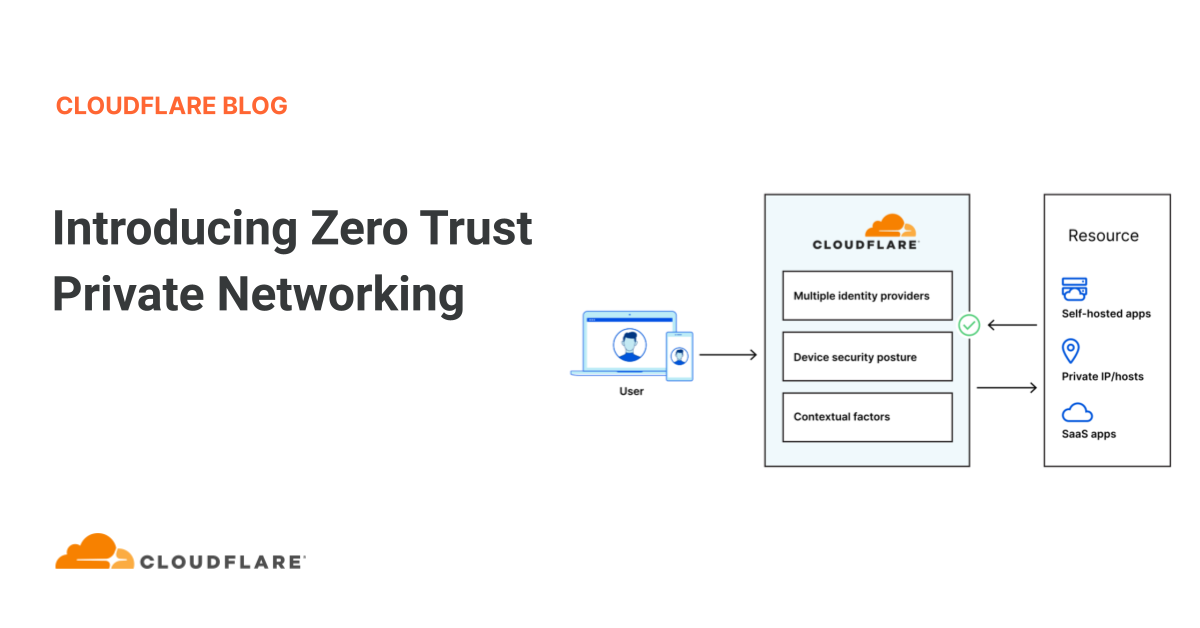All Categories
Featured
Table of Contents
- – Top-Rated Semantic Seo Audits To Buy
- – What Is The Top Semantic Seo Examples Brand To...
- – Which Is The Leading Semantic Keywords Plan
- – Which Is The Most Trusted Semantic Search Ran...
- – Who Has The Most Recommended Optimizing For ...
- – How Much Should I Pay For Semantic Keywords?
- – Which Brand Of Structured Data For Semantic ...
The internet is altering, ending up being increasingly more semantic. SEO is additionally changing and ending up being much more semantic. This is because online search engine have actually developed and are moving a growing number of in the direction of reviewing web content online. Of program, that has also changed the way we produce content, particularly if we wish to rate far better in the internet search engine.
Intertwingularity is not generally acknowledged, people maintain acting they can make points deeply hierarchical, categorizable and sequential when they can not. Based on the relationships between search purposes, the search engine prefers a content in positioning by calculating the range between the vectors of significance.
It enables you to see, starting from a topic, all the entities that belong to that topic. In this manner you can plainly see which entities/concepts/ideas have currently been covered on your web site, and you can discover new possibilities by recognizing what web content you can add and just how to produce it.
Top-Rated Semantic Seo Audits To Buy
It has the ability to make your web content easy to understand for online search engine on the one hand and for your audience on the other. Structuring your content version highlights your material and its hidden connections to make sure that online search engine can recognize you among numerous pieces of information, making you a lot more noticeable to customers who meet the search intent related to your organization.
In semantic search engine optimization copywriting, an editor begins with a wider variety of subjects and tailors the web content to include semantically appropriate terms and expressions that help viewers recognize a subject, similar to checking out web content in a wiki. From a web content composing point of view, one practical method to do this is to develop a vocabulary of terms and concerns bordering your target topic.
What Is The Top Semantic Seo Examples Brand To Buy
Discover a lot more concerning by enjoying the by!.

Semantic search describes the process of exactly how search engines recognize and match key words to a searcher's intent in organic search engine result. Prior to semantic search, internet search engine like Google operated like matchmakersaligning particular words in your inquiry with those exact words on web pages. The outcomes were simple but frequently lacked depth.
Which Is The Leading Semantic Keywords Plan
It allows Google to provide fast, accurate answers to look inquiries concerning real-world subjects. When you kind a query word into Google, you're not simply going into a sequence of words.
When you look for "Apple," Google does not just see a word that defines a fruit. It identifies Apple as a company and can offer relevant info. It was Google's answer to the surge of voice searches, where queries came to be extra conversational and nuanced.
Which Is The Most Trusted Semantic Search Ranking Improvements Provider
By incorporating NLP, Hummingbird permitted Google to relocate past mere keyword matching. It assisted the search engine comprehend search intent, raising the chances that results would accurately match the reason behind an individual's search.
Making it a lot more efficient at managing never-before-seen search queries. RankBrain takes into consideration even more than simply key words when analyzing a search question.
So it brings outcomes that match the key phrases and align with the overall intent of giving puppy training suggestions. And if the individual often looks for dog-related web content, Google could focus on a lot more detailed training guidesrecognizing the user's ongoing passion in the topic. Integrating modern technologies like the Knowledge Chart, Hummingbird, and RankBrain, semantic search assists the Google formula translate and connect data across a large internet of information.
Who Has The Most Recommended Optimizing For Semantic Search Service?
The emphasis shifts from keyword choice to an all natural strategy including individual intent, topical relevance, and general individual experience. Producing content that addresses the searcher's demands with thorough details can improve your SERP rankings. Listed below, we lay out the fads and practices that combine the requirement for semantically educated material. Later on, we offer workable pointers to transform these insights into ideal techniques.
And type of material can best satisfy their needs. A broader method to content aligns much better with semantic search's change away from exact keyword matching and towards individual intent. Which clarifies the increased emphasis on subject clusters, as opposed to specific keywords. Web content that covers search questions a lot more completely not only pleases customers.
And five times more than sites that take 10 secs to tons. While technical search engine optimization ensures ideal website efficiency and accessibility, focusing on user experience (UX) takes it an action further. UX aims to create an aesthetically enticing, user-friendly interface with engaging, top quality content that motivates visitors to remain. Semantic search technology enables search engines to aim for results that supply the very best feasible UX.
How Much Should I Pay For Semantic Keywords?

All display Google's capability to address a subject query adequately. By recognizing the context and intent behind customer questions, online search engine can deliver extra relevant info and potentially increase customer engagement. Customization in search results page produces much better UX.Based on your previous search background and preferences as a customer, semantic search assists search engines customize the results to match your one-of-a-kind requirements and passions.
It brings outcomes that match the keywords and line up with the total intent of providing pup training advice. And if the user frequently looks for dog-related content, Google may focus on much more thorough training guidesrecognizing the individual's continuous passion in the topic. Combining technologies like the Understanding Chart, Hummingbird, and RankBrain, semantic search aids the Google algorithm interpret and link data across a huge internet of information.
Which Brand Of Structured Data For Semantic Seo Is The Top?
The emphasis shifts from keyword selection to an alternative approach encompassing individual intent, topical significance, and general individual experience. Developing material that attends to the searcher's demands with extensive details can improve your SERP positions. Below, we detail the fads and techniques that combine the demand for semantically notified web content. Later, we supply workable pointers to transform these understandings right into finest techniques.

A broader strategy to content aligns better with semantic search's change away from precise key phrase matching and toward user intent. Web content that covers search queries extra thoroughly not just satisfies customers.
And five times greater than sites that take 10 secs to lots. While technological SEO makes sure optimal website efficiency and access, concentrating on user experience (UX) takes it an action further. UX aims to produce an aesthetically appealing, easy to use interface with engaging, top quality web content that urges site visitors to stay. Semantic search innovation enables internet search engine to intend for outcomes that supply the most effective feasible UX.
All display Google's capability to attend to a subject inquiry comprehensively. By recognizing the context and intent behind customer questions, search engines can provide more relevant details and possibly increase customer involvement. Personalization in search engine result makes for better UX.Based on your past search background and preferences as a customer, semantic search aids browse engines customize the outcomes to fit your unique requirements and interests.
Table of Contents
- – Top-Rated Semantic Seo Audits To Buy
- – What Is The Top Semantic Seo Examples Brand To...
- – Which Is The Leading Semantic Keywords Plan
- – Which Is The Most Trusted Semantic Search Ran...
- – Who Has The Most Recommended Optimizing For ...
- – How Much Should I Pay For Semantic Keywords?
- – Which Brand Of Structured Data For Semantic ...
Latest Posts
What Is The Most Effective Semantic Seo Vs Traditional Seo On The Market Now
What Is The Top Semantic Seo Best Practices Brand To Buy
What Is The Most Recommended Semantic Markup In Seo Today
More
Latest Posts
What Is The Most Effective Semantic Seo Vs Traditional Seo On The Market Now
What Is The Top Semantic Seo Best Practices Brand To Buy
What Is The Most Recommended Semantic Markup In Seo Today